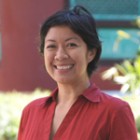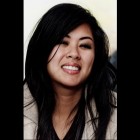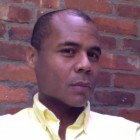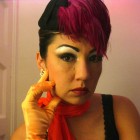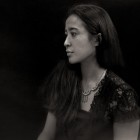Personal Interview conducted in San Francisco, CA
January 25, 2014
Matthew Andrews, CA+T Interviewer
Jeffrey Augustine Songco, Artist
Editor's note: This is not a direct transcript of the audio-recorded interview. Words and phrases have been edited in the interest of readability.
Matthew Andrews: So, how did you first get started in art? Was it as a child? Was it in school?
Jeffrey Augustine Songco: Yea. I actually started out as a ballet dancer.
MA: Oh.
JAS: [Laughing] A child actor in musicals and stuff like that, and I did that for a really long time, and then in high school I stopped growing, but my voice dropped, so it didn't match up with my height and my sound, so I wasn't going to play a kid anymore, but I couldn't play an adult either.
MA: I see.
JAS: So, I transitioned or I switched to the visual arts from the performing arts, and so in school I took a lot of art classes, and then I just kept going with it, and I thought I was going to be a graphic designer until I applied to college for design, but then I just got into the School of Art. At Carnegie Mellon University, the School of Art and Design are separate.
MA: Okay.
JAS: So they accepted me into the School of Art, and I loved it, so I just kept doing performance stuff. I would take pictures of myself. Before a selfie was a selfie [laughter], I was taking selfies, and I did a lot of performance-like work, always working at the camera, digital prints. I majored in or I focused in printmaking in undergrad, so there's something about the multiple as you can see there [gesturing to The Society of 23 print mounted on wall behind him], the multiple and the repetition. And, with performance you have like eight shows a week. You just keep doing performance, and so, yea, I just started working with a lot of different material and just sort of started my art practice kind of in college.
MA: And then you went on to get your M.F.A.?
JAS: Yea. I took some time off after undergrad, and then I tried the art thing in New York [City], and it wasn't as successful as I thought it was going to be, so I decided to go back to school, and I came out to San Francisco, and I attended San Francisco Art Institute, and I got my M.F.A. with a focus in New Genres. So, “New Genres” they like to say is anything after photography.
MA: Okay.
JAS: So, digital photography, video, performance, installation art. Very contemporary work.
MA: Okay.
JAS: So, I focused on performance again with a bit of interest in site specific installation, and that was a two year program.
MA: That's great. You have this training in voice and ballet. Do you see a link between [that training and] the current work you do, the multi-media work?
JAS: Yea. I am always aware of an audience and telling a grand narrative, a grand story. There's a specific training with singing and dance and acting, so I'm very technical with a lot of my work. Though I don't know the technical stuff with cameras and apertures and focus and all that stuff, I still use Photoshop. I am very formal about my work with color and composition and balance and scale, so I see that relation to voice and singing, to voice and dance. Otherwise, it's all kind of these expressions, these forms of expression, so I like that about the performing and visual arts. It's this passionate thing you have to share with the world or something like that [laughing].
MA: What is your creative process when beginning a piece, mental and physical?
JAS: Oh my gosh. Well, just the other day someone asked me what I'm inspired by or "Where do you get your inspiration?," and I've been thinking about it ever since because it's such a fundamental question [laughing]. As an artist who has gone through academia for so long, it's something that you just forget about because everyone's already talking that lingo, so you don't have to repeat what the words are [laughing]. Anyway, I would have to say that I'm very influenced by pop culture. I love that I can watch the news, and they can be talking about the New Jersey scandal with Chris Christie and cut to Justin Bieber getting arrested for drunk driving, right? So, I am really inspired by that stuff, and so my creative process begins from just some story that I hear in our culture, in American culture, and then I wonder, "How do I fit into that?" and "What does my identity and all of my background and my entire history of myself, how does that fit into that news fact, that thing I just read about, the thing I heard about?" So, I go to text.
Text is a big part of my work. I type a lot. I journal a lot. I write down notes, and I guess that has to do a lot too with my training at Carnegie Mellon. We were brought up with conceptual art, so we actually had a class called Concept Studio. It was every semester, and it was just ten students sitting in a room talking. If you think about going to art school, probably you would have drawing classes, painting classes, photography classes, but we had this one class where we would just talk about ideas, and then we would have to have these ideas translated into some kind of artwork, and so I had that rigorous training of "What's the idea first?," which is why I don't label myself as a painter or a photography or a dancer. Anyways, the process will start with that little tidbit, go to text, and then I'll figure out, "Well, what kind of material would I like to use?" And, so that might be, "Well, maybe I'll just take a picture of myself performing as Justin Bieber" or something or as a pop icon. Maybe I'll draw a picture of something that has the same kind of connotation, that same kind of pop, that same kind of celebrity. So, yea, it goes to the visual after this sort of introspection that I go through, and then from there, it's just my collaborators, like my art dealer or my friends, my support network. I'll bounce ideas off of them, and they'll tell me what they think about some of the stuff, and I'll go from there, but you know, technically, a very specific answer to your question is that my process happens between 9 o'clock and 11 o'clock at night.
MA: Oh really?
JAS: Yea [Laughing].
MA: Wow.
JAS: It's very specific, very specific. So, you can basically consume and passively consume all of this information during the day when you read blogs or when you're talking to friends, and then suddenly I get very creative at 9 o'clock at night, and I have to act on all of that stuff that I digested throughout the day.
MA: Has it always been this way?
JAS: Yea, I just started to realize that now because I have this full time job, where I don't have the time to just do whatever I want during the day and have this Bohemian lifestyle [laughter] of freedom. So, ever since I've had this job, I've noticed that I do … . Well, basically since I was a kid, I've always had that creativity spark at night, but I wasn't aware of it until very recently, like within the last two years.
MA: Oh okay.
JAS: And, so I get very excited around dinner time because I know something is going to happen within the next hour or two [laughter], and I have a very specific sleep schedule too. So, I actually stop my creative process at 11 so I can go to bed. It's a very regimented thing [laughing]. I feel like I'm in like the military or something. I'm very forced. I'm very rigid with everything.
MA: That's very interesting.
JAS: Yea [laughing].
MA: So, one phrase that you use to describe your work that really jumped out to me was "peculiar appropriation."
JAS: Oh. Okay.
MA: Could you elaborate on what you mean by this and how it relates to your work?
JAS: Yea. So, I basically have this understanding that I don't really make anything that's original.
MA: Okay.
JAS: [Laughing.] I guess in grad school, I don't really remember what we were reading, but we read something that really stuck with me that like nothing's original, and everything's just another form of something else. There's someone that wrote about it, so I just use that word "peculiar," and I use that word "appropriation," basically taking another idea and turning it into something else but something that already exists and turning it into something of your own, making it your own, which in our day and age, you know, has its own legal ramifications and copyright and stuff like that. So, I'm not trying to steal anyone's work, but I do think that …. You know, I'll go back to the example of Justin Bieber. Justin Bieber is just another pop icon. He's just another new pop star on the scene, and there have been pop stars in the past that we can reference, and he is appropriating out the pop star for him and what it is going to be. So, just like that I am appropriating different things within our culture that I find really interesting and [that] I would like to use, and I think it's this material that I can use within my artwork. And, so I use the word "peculiar" because I think it is really weird what I'm doing, and I wish I could just construct something that's just brand new that no one's ever seen, but I don't have that. I don't believe I have that idea. I don't think I have that idea generation. I believe I that am just looking around my world and re-presenting things that already exist but in a different fashion.
MA: I see, and you've created a commissioned work for CA+T's Queer Sites and Sounds exhibition titled Confessional. How did you come up with the idea for the piece?
JAS: Sure. Actually what's great—again I talk about collaboration—I shared a different piece with Jan, and after talking to the crew over at CA+T, he told me that they were not as excited about the piece that I proposed, so then Jan was saying that he loved previous work that I had made, which are on CA+T’s site, called God Bless (Miss) America and Hosanna. Those two pieces are photographs and text, and the main subject is this bag head character that I made and that's played by me, and I wear all white, [including] white gloves, and I have a white shopping bag on my head, a bag, a kind of boxy shopping bag on my head, and Jan [the curator of Queer Sites and Sounds] really liked that, and I said, "Okay. I get it." So, that helped me to push to making basically a third print that was in that same kind of vein as the other two, so basically now it is a series that maybe I'll continue. But, I proposed to make Confessional, and it fit with … What did Jan say? It was something about the idea of the first two, Hosanna and God Bless (Miss) America, that they were about this queer space. There was this dude performing these female roles, and it was strange because I'm Asian, but with identity issues, I am trying to make myself white by wearing all this white, this white costume. So, because he reminded me that I'm this commissioned artist in this specific idea, the exhibition being Queer Sites and Sounds, that I was really excited about creating this next iteration of this series of bag head characters.
So, Confessional came from my interest in pop culture and specifically reality television. With all of the works in this series, there is the bag head character and then an object that the bag head character would use, and it's very abstract. It's just the character, the object, and then text, and then for this I was interested in The Real Housewives series, which is on Bravo TV, and it is just about five to eight women who are really wealthy. They are white, and they spend a lot of money, and they get into a lot of drama with each other, and there's different cities, like The Real Housewives of New York, Atlanta, Miami, Beverly Hills. It's just a regular reality show, and this is so funny again: sharing with you what a reality show is because I think everyone knows what it is, but when you get back down to the structure, you're like "Oh yea. This stuff happens like this." So, when the show is being taped, the women are asked to do what is called a confessional. It might not be called a confessional anymore specifically, but it used to be called confessional. So, back in the day in reality television, the cast members or the people being taped would be pulled aside and asked to share what just happened to a camera, and they would break this fourth wall and speak directly to the camera, and so it was called a confessional. They [the producers] would say "Hey, what just happened in there?," and the subject would share all this information hopefully to provide this sort of grand narrative to the production company when they decide to edit the film to whatever story they wanted but using the words from that subject, paint a colorful, a colorful narrative, plot, to give some plot.
Anyway, that confessional has evolved from a person standing in a room against a white wall to what it is now, which is the reality shows that are high budget on every channel now, but there's great lighting. The person is dressed fabulously. There's an amazing background. In The Real Housewives series, it's their own home, which is a multimillion dollar house with beautiful couches with flowers on the side, so the flowers on the side are what I took as the object that is in every confessional recording. And, yea, so I make Confessional as a way to queer myself in different ways, includingmy racial identity, my sex identity as a man becoming a woman. In all of them I'm playing a woman. I kind of like to say it's the Meryl Streep series because I love movies, and I love Meryl Streep. Meryl Streep is the most nominated actress, actor in American history for the Academy Awards, and it's so interesting that she can just play this role that any writer, director, whatever, producer wants to throw at her, and I think that speaks to this spectrum that white people can have with their identity, whereas for me this all goes back to casting as a kid, as an actor. As an Asian boy, I could only be cast as a certain thing. I could never be … . You know, how many plays or musicals can you name that have Asian characters in it? Not very many, and when you look at any Asian actor in theater, they've all done the same eight musicals [laughter]. So, it's just interesting to play this role where I can be free. This role. I say this role. This character, this bag head character where I can do whatever I want, but I can do whatever I want because I am wearing this outfit that gives me this sense of … I don't know … This feeling that while I can play any role, I can be the subject of any story. I can be a pageant winner. I can be a talk show host. I can be a reality television star, but I think if I were to use my own image, my own face, my own skin, there would be this cognitive dissonance. People would [say], "Wait. I don't get … That guy doesn't … That guy can't be that character. He's Asian," or "He's gay" or "He's too short." So, that is a long way to answer that [laughing].
MA: That's great. Very fascinating. Thank you. I wonder if you can go a little bit more into how you came up with this idea of this bag head character.
JAS: Sure [laughing]. The first time ever that I made the character was one of the first projects I made in grad school in 2009. I walked into my studio. We all got studios in grad school, and it was empty, but there was a stool there, and I had my camera with me. I don't know why I had it with me, and I had a bag with me, so I decided, "Let me just take one quick self-portrait, one quick selfie, and then I'll leave." So, I put a bag on my head, and it happened to be the same bag I've been using for the last five years. I have always been interested in what I look like on the surface and how that projects to an audience. Again, ever since I was a kid I've been very aware of what I look like, what I sound like, what parts I can play, what an audience thinks. Just recently I have clear skin, meaning my acne is gone, but for a very long time I had really really bad acne, and so that has always made me very self-conscious. I feel like I'm on a Proactiv commercial [laughter], but I've taken pictures before with bags on my head and just playing around, but something clicked when I made this character in grad school, and so I started doing more, more work with bags on my head. And there was this odd relation to torture. I think around the same time, something was happening with torture in the news, in the Middle East "where terror is." I was seeing a lot of bags on detainees or whatever.
MA: Abu Ghraib.
JAS: Yea. Something was happening, and it was at the same time, and I was like, "Wow. This is really interesting," because my portraits with the bag on my head were very … . Basically I tried to make it look like I wasn't wearing a bag over my head. The gestures of my body—they weren't in pain. They weren't depressed. They weren't sulking. I was pretty proud. It looked like a proud person, but then there just happened to be a bag on his head.
Yea, so that happened, and also I've always been interested in nationalism, and so with nationalism comes a lot other things like extremism and Christian extremism and the KKK [Ku Klux Klan] and domestic terrorism. So, what's really funny is I had a TV always as a kid, so I watched a lot of TV, and a lot of documentaries on the Discovery Channel were about the KKK [laughter], and I specifically remember this. I've always been fascinated with the KKK and that sense of anonymity, and once again, this is just like the bag head character that I was talking about, that you can project whatever you want onto this person, but because we are in a group, now we assume that everyone has the same ideas. Well, I'm just jumping around and stuff now, but anyway.
So, anonymity. That's one thing, and covering my face is the second thing, and nationalism is the other thing. So, it is interesting that I'm not using a white plastic bag or like a white cloth bag. I am using this specific bag that when you do have a full on portrait, it is really referencing the KKK. I mean the pointed hood looks just like this box bag, even though if you really get down to the nitty gritty, it's nothing like [it]. I mean one's a pointed cone. The other is a box, but it's got that height above the head that is really dramatic, so that really references a Klan member. So, yea, the bag head character came out of this interest with both hiding myself, having my own identity, being anonymous, and then being part of a bigger group like the KKK, and that interest in America, that interest in nationalism that I had and fear, you know, anxiety. All of that plays into it, but it's just fun to perform for me. So, with the bag head character, I just like to perform, and I don't have to worry about what I look like or "Can I play this role?," even though the bag head character specifically gets into something else, but for me, it's just like an opportunity to perform.
MA: When people see the bag head character, do you typically find that one of the first references people think of is the KKK?
JAS: Yes. Always.
MA: Always?
JAS: Always.
MA: Have you gotten any negative criticism or at least hesitance from individuals from looking at it?
JAS: You know, this is the second reference to the KKK that I've made specifically. The first one I actually made a KKK robe, but instead of white cloth, it was rainbow print fabric.
MA: I saw that. Yea [laughing].
JAS: So, instead of calling it the KKK robe I called it the GayGayGay robe, and that actually got so many great responses, but it's also made people very confused, and they want to know more about it. So, actually I brought it to Michigan twice to talk about it.
MA: Oh really?
JAS: Both have been … Well, one was with ArtPrize, which is this awesome sort of American Idol-esque competition for artists in Grand Rapids, and the second one I went to this LGBT [lesbian/gay/ bisexual/transgender] conference, Midwest conference for college students, and the same panel that invited me to ArtPrize to talk about my work at their church was the same group that invited me to talk about my work with students in relation to theology and queer theology, and there I get some interesting responses. For the most part, everyone really likes it, and what's been very touching is that some people who are minorities, maybe black, Asian, and also gay, will come up to me and say that image is the image that they've been looking for to describe the pain, the anxiety, the fear that they've had as someone who is just hated by everyone. To them, and I completely understand, I'm in that same position, which is probably why I made it.
So, with the bag head character, I think because it's a photograph in a frame with text, there is not as much of a direct response that people receive I've been finding. I think people can quickly remove themselves from it if they feel uncomfortable and just look away. There was something about that robe that I made. It's a sculpture. It's in your presence, and it looks pretty scary. It's actually this maniquin right here [referring to maniquin to his left]. It's on there, and there's like a head on there. But, there's something weird about having that in your physical presence that I think people reacted to even more, either good or bad, and then sometimes people would be like, "I don't get it. This is weird. You're being really racist. I don't think it's funny." And, I can't deny what they're thinking, and that's fine. And, I try to explain that this is a normal part of art. We appropriate things all the time. We find something that we then want to change into something else, and I make an example of the swastika being this very sacred symbol thousands of years ago, and now we know it as a Nazi symbol. Specifically with the GayGayGay robe, that conical shaped head thing and the KKK: these robes came thousands of years ago in Spain during Easter stuff. They would wear these robes. It was a Christian thing, and now the robe has become this very scary image for a lot of people. And, the idea of the rainbow, it's very gay now, but the rainbow used to be this sign of God, and so it's just interesting how I find myself trying to shift, very, very important icons and symbols, and it's a difficult task. People might not agree with you, and that's fine. All responses are fine, and I just go with the flow.
MA: Absolutely. One of the pieces I wanted to talk to you about, which is right here [referring to wall to his left]. Nice Body, Bro! is also featured in the Queer Sites and Sounds exhibition.
JAS: Oh, yea.
MA: How did you come up with the idea for this piece?
JAS: That was done … . Let's see. I did that in grad school. It was very quick. I mean it took forever, but I was rushing to finish it because we had our graduate exhibition at the end of the year. How did I get to that piece?
MA: These are communion wafers.
JAS: There's communion wafers.
MA: With glitter.
JAS: Yea. Glitter is glued onto them, and this is part of the body of work with the GayGayGay robe, and gosh, how did I get to it? Basically in grad school I worked with two ideas: being gay and being Christian, specifically Catholic. God, how did I? I don't specifically remember how I arrived at it, but "Nice body, Bro!" was this joke that I used to say, and it's kind of like this endearing comment you would say to a dude or if you wanted to hit on someone "Nice body, Bro," but I was working with a lot of issues of homosexuality and Catholicism. Okay. So, here's a direct appropriation. There's a truck that drives around the city for Alhambra, which is a water company, like bottled water and stuff, so they have this beautiful, blue, shiny sequins thing on the back of their trucks.
MA: It almost looks like water in a way.
JAS: Yea, and it just shines in the light, and it says Alhambra on top of this blue sequins behind the truck, this row of sequins, grid of sequins, and I thought that was really beautiful, so I thought I would make the same thing with glitter, and then I needed to figure out how to make those discs, and then I think something happened, and I just realized that I could use communion wafers, and then it would be really silly, and people would like drop their jaws. It would be really interesting, and so I just made it really quick[ly]. And, then of course, obviously, the idea behind it is the body of Christ and Jesus Christ, you know, being the bro, but another thing is that a huge idea I've been working with for a very long time is The Society of 23, and so that is a brotherhood of all me. I perform twenty-three brothers, and so this piece fit in—these were actually next to each other. [Referring The Society of 23 mounted on wall behind him] This was a composite of my brotherhood, and so the bro could have been Jesus. It could have been a random person, or it could have been myself. It could have been a brother of The Society of 23. I could be talking to myself, "Nice body, bro!" Yea, so the pieces are just this weird gay, Catholic, secret society [laughter] thing. It's a sculpture. It's a flat sculpture that hangs from the wall. It's a pain in the butt to move. It's very delicate, but it's lasted for the last three years, which is pretty amazing, and it's just text. It's text again. I don't know why I like text so much. Text is just one of those things that … . You know, Nice Body, Bro! could have been a photograph. Like I said earlier about going from text to the transition to the visual art. What do you do? Sometimes I guess I don't know how to do it, so I just stay with text because I think it speaks. It reads as what you want it to, and then it's open to anyone's interpretation. Yea. "Nice body, bro" [laughing].
MA: And also there's kind of a repeated reference to Catholicism in certain pieces, like Confessional, right. It's a reference in some ways to reconciliation, the act of reconciliation. Again, the communion wafers. Could you speak more about these Catholic references in your work?
JAS: Yea, while I say I like to perform, that was something I did as a kid, and Catholicism was something I had as a kid growing up. I mean, it's obviously a super duper Filipino thing, and my parents immigrated here from the Philippines, so they just brought that with them. But, you know, my sister and I—my sister is older than me—and we went to church every Sunday, and it was just a big important part of my life, but I guess when I came out, it was something that I had to… . I mean, maybe that was a big reason why I took so long to come out. Obviously there's so many factors.
Catholicism is one of those religions that it's very interesting to talk about sex in general, but to talk about gay sex in general is a weird thing. I think with my work [I’m] just revealing a lot of my anxieties and fears. Maybe that interest in Catholicism is something that I have to share within the work, and it's easy. It's actually very easy because I have this idea that I work with my interest in America. America is a Christian nation. There's all these references, even in pop culture, to religion, so just the idea of us saying "Oh my God" or "OMG" all the time. It's so easy to have these Catholic references or Christian references that, when I talk about my art or write about my art, I reference that Catholic stuff, and I think people forget that definition or forget the base of all these references might be rooted in religion. My friend who was looking at CA+T the other day, she was like, "I'm embarrassed to admit it, but I totally forgot that confessional is both this reconciliation at church and this reality show thing," and I was like, "Yea, no. It's just so funny that we don't remember where it came from." So, when I talk about appropriation, I try to go all the way back to as far as I can research and share this lineage of changing the idea of something. This line that, you know, "Where does this conical robe come from?"
Yea, so Catholicism. I mean this can go back even before the time before that. I don't know where Catholicism came from, but there are references that just go as far back and will keep going forward, and I am just trying to share where it is now.
MA: Thank you, and what projects are you working on next?
JAS: Oh my gosh. Now, I'm interested in domestic terrorism right now, specifically suicide bombers, which is crazy because I've been working on it for a while, and now it's a very big topic with the Olympics coming up, and so apparently a suicide bomber, a black widow, has penetrated the "ring of steel" in Sochi, so that's like a big thing, and obviously this is a very serious topic. I understand that. But, it's funny, I've been trying to figure out how I talk about this work without weirding people out, and it's interesting to me—here's my artist like creative person coming out—that the most epic blockbuster movie, aside from Avatar, was Titanic, and technically that was a tragedy about people dying, but we've turned it into this romantic narrative, so I'm not trying to romanticize— No. Actually I am. I am trying to romanticize domestic terrorism, and how do I do that? I'm not going to focus on the deaths but rather on the act of the terror, and so I've been working with drawings. I can actually show you right now. I'll show you later. They are gifts [laughing]. They are packages wrapped in boxes, and so I've been wrapping boxes a lot, and then I draw them, but they're supposed to a) stand in for the bomb and then b) stand in for the brown person or the "domestic terrorist" that was caught and now put on trial. So, I've been drawing wrapped gifts with the style of a courtroom sketch aesthetic. Yea, so of course it's perfect that Justin Bieber went to court this week because it's a gift to me because now I can talk about how these courtroom drawings are very heavy with pop culture references too. I mean, Paris Hilton, Lindsay Lohan, Justin Bieber. Everyone's gone to court, and yea, so I'm still working on the idea and starting to draw a lot. I haven't drawn in a very long time, but I'm getting confidence and going up to the [wall]. I've put paper on the wall, and I try to draw large because I've been drawing small on paper, pencil and paper on like 9" x 12," but I get very tight when I draw, so the larger it is, the more performative it gets and the more I can use my body, and so that's been helping. So, yea, I'm working on drawings right now. Yea [laughing].
MA: Great. Thank you so much.
JAS: Yea. You're welcome.
MA: And thank you for taking time to speak with me and with CA+T.
JS: You're welcome, Matt and CA+T [laughter].
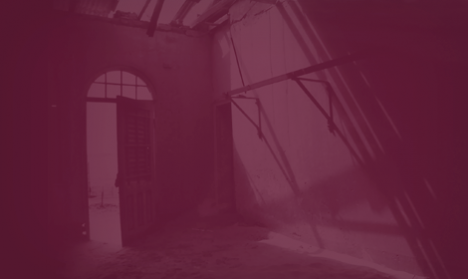

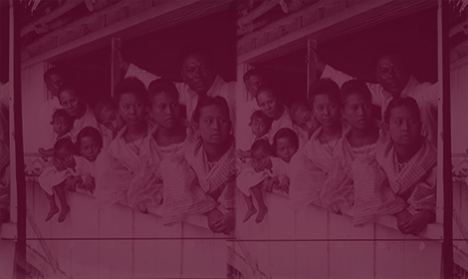
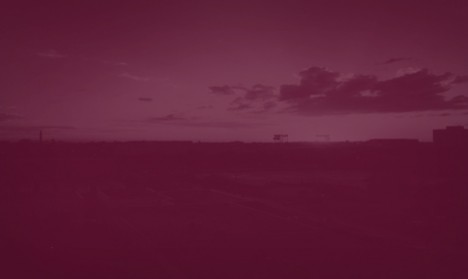
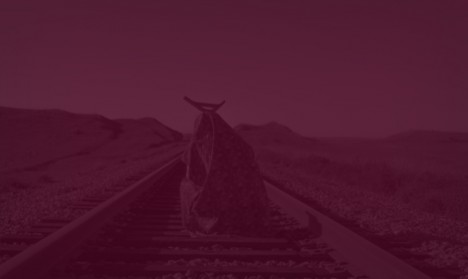
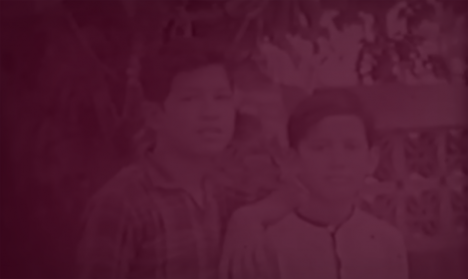
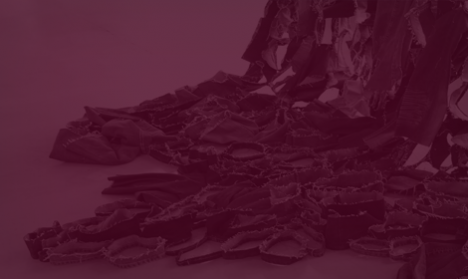
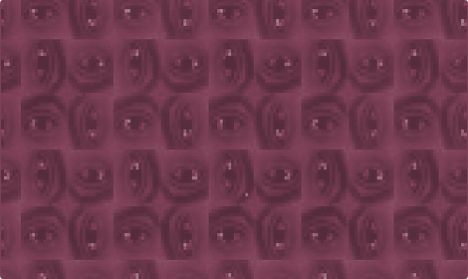
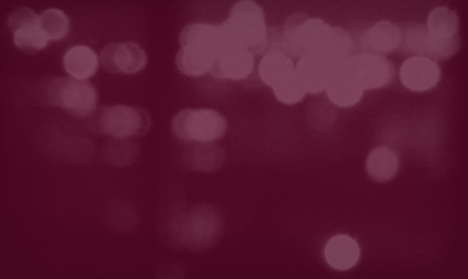
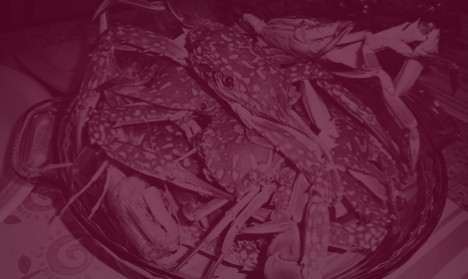



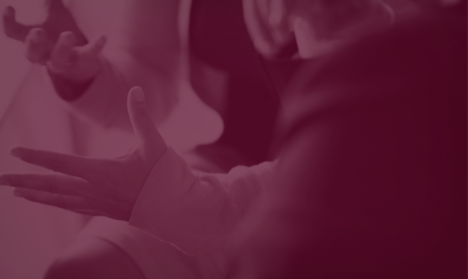
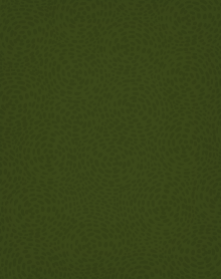
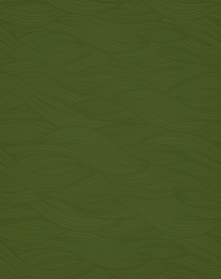
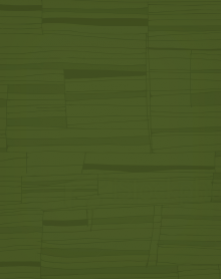
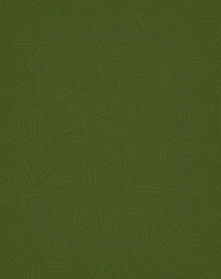

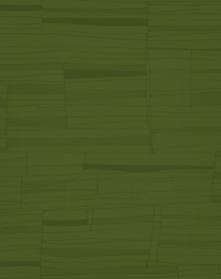

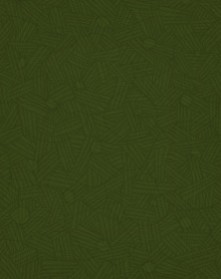
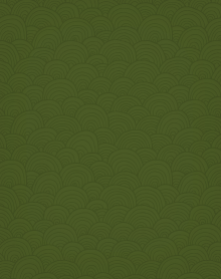

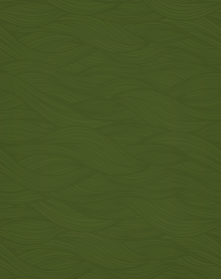
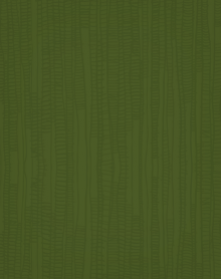


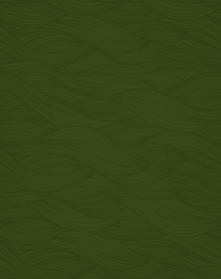
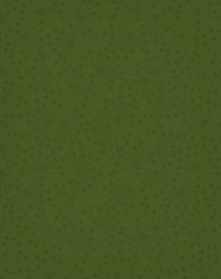
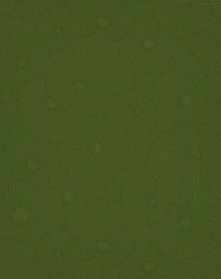
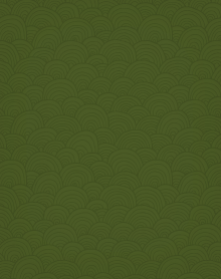
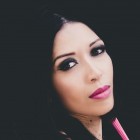
.jpg)
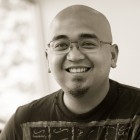
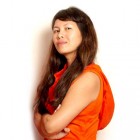


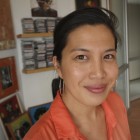
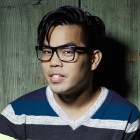
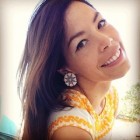

.jpg)
.jpg)
.jpg)




.jpg)



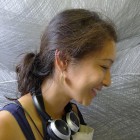

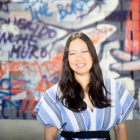

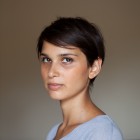
.jpg)


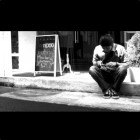

.jpg)

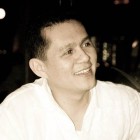
.jpg)
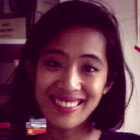


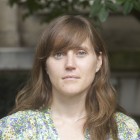


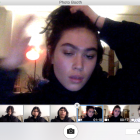
_Cropped.jpg)
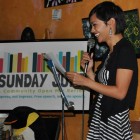
.jpg)
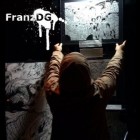

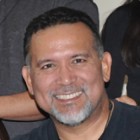
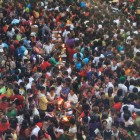



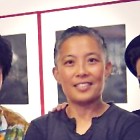
.jpg)
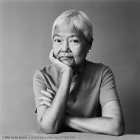
.jpg)


.jpg)
.jpg)
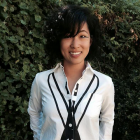
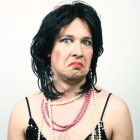

.jpg)


.jpg)

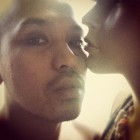


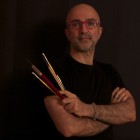

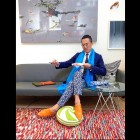
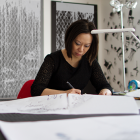
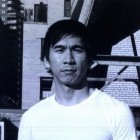
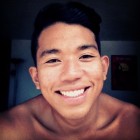
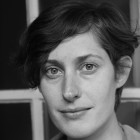
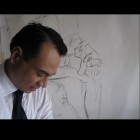

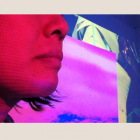
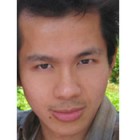


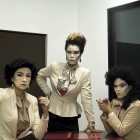
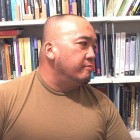
.jpg)
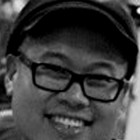





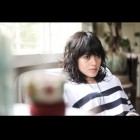

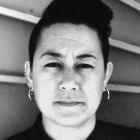



.png)





.jpg)

.jpg)
.jpg)



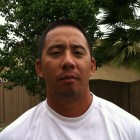
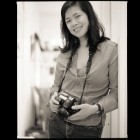
.jpg)
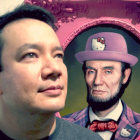
.jpg)
.jpg)
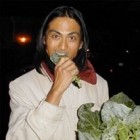


.jpg)
.jpg)
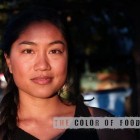

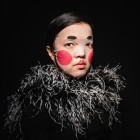
.jpg)
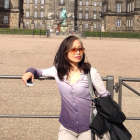
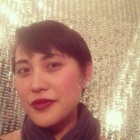
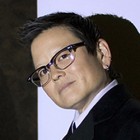
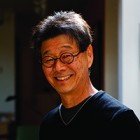

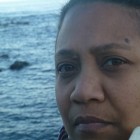
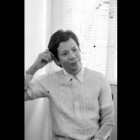
.jpg)


